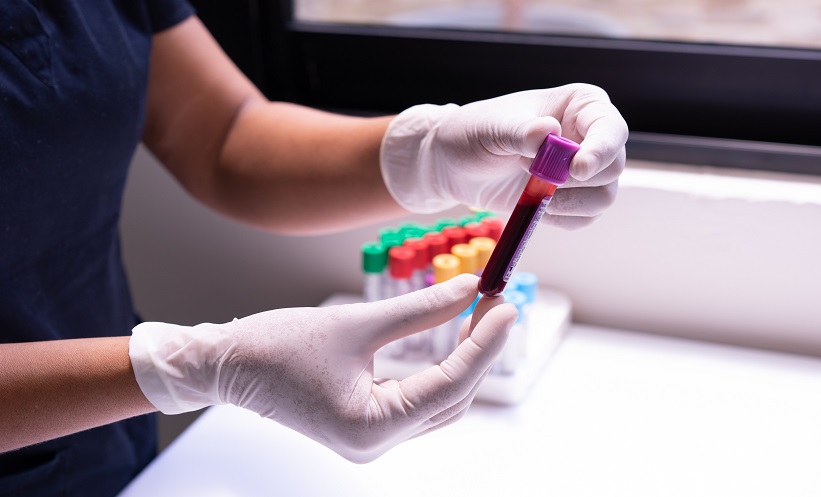BLOODSTREAM infections (BSI) are a major clinical challenge resulting in high morbidity worldwide, with mortality rates between 15–30%. Rapid diagnosis of BSIs, coupled with the prompt administration of treatment, has a major impact on clinical outcomes; thus, major emphasis has been placed on the development of rapid diagnostic tools. The research team therefore sought to evaluate the clinical and prognostic impact of communicating patient microbial information in real-time, hypothesising that the mortality at 30 days of BSI would be affected by the availability of resources.
The clinical outcomes were compared in 6,225 cases of BSI, both when microbiology information was provided in real-time, and when the information was delayed by 8 hours or more. Data was prospectively collected between 2013–2019. Thirty-day mortality was the main outcome measure.
Initial analysis of results did not show an association between mortality and information delay to the infectious diseases specialist (odds ratio [OR]: 1.18; 95% confidence interval [CI]: 0.99-1.42). However, when specifically considering bloodstream infections caused by fast-growing microorganisms, such as Enterobacterales, a significant increase in 30-day mortality was identified in univariate (OR:1.76; 95% CI: 1.3–2.38) and multivariate analyses (OR:2.22; 95% CI: 1.5–3.3). Results were similar for mortality at 14 and 7 days in both the multivariate and univariate analyses.
Overall, this study suggests that relaying clinically relevant microbiological information of blood culture isolates in real time may impact clinical outcomes, especially for rapidly growing bacteria. Thus, this study provides novel insight, with stratified analysis for Enterobacterales revealing significant prognostic difference. However, due to the observational nature of this study, the results do not provide mechanistic insight explaining how real-time information leads to improved clinical management and a subsequent reduction in mortality.
Climent Casals-Pascual, University of Barcelona, Spain, summarised: “On the one hand, we report mortalities in a hospital with a high IDS/microbiologist coverage, which begs the following question: What is the preventable mortality in all those hospitals where no microbiologist or infectious disease specialists [are] available for an entire weekend.” Casals-Pascual added: “On the other hand, European hospitals have been lobbying for some time to get personnel 24/7, either IDSs, clinical microbiologists, or both. In our view, this is a strong piece of actionable evidence that may support these claims.”








